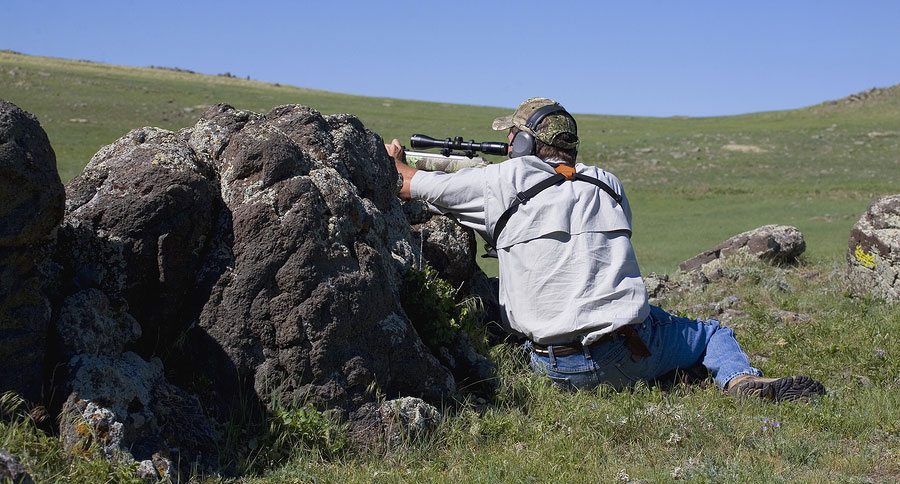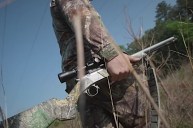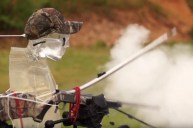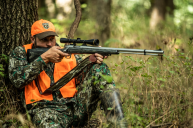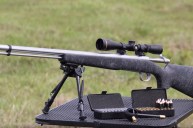Whether you shoot traditional or modern black powder, the muzzleloader gear you take to the field is essential.
The first step gearing up for a hunt is deciding which type of muzzleloader you'll be shooting. While many black powder shooters go the ultra-traditional route, even to the point of carrying powder in a horn, I prefer a more modern inline. Once you know the type of muzzleloader you want, you need to look into the specific requirements for that gun. This is a gear guide that covers more general pack essentials, as well as some recommendations I would give any new black powder hunters.
Quick loads
For me and many other black powder hunters, these have proved to be the most essential part of a pack. If you've ever loaded a muzzleloader, you know how tedious it can be to load the powder or pellets, the bullet and the patches if needed. In my opinion, quick loads are the best hack because they have everything there in order, so all you have to do is dump it in and go. This is crucial if you've shot and need to reload.
Rod starter
When I started shooting black powder, I was gifted this magical little tool my grandpa had made that was nothing more than a plastic knob. It had a 4-inch metal extension with a diameter slightly larger than my ramrod. I tossed it in my pack and didn't think about it until I went to load my gun. As soon as I slid the ramrod in, I knew what the tool was for. While some may be able to jam the rod all the way down, others (such as myself) struggle with this, mostly because it hurts your hand! These rod starters are now available online and in basically any outdoor. Even if you can load your gun without one, it can sometimes save time, so I recommend having one on hand.
Extra primers
As I set out to the woods for my first muzzleloader hunt, my brother gave me a handful of primers. Thinking I knew everything, I quickly told him I didn't need those because my quick loads had spaces to hold four primers. Boy, was I wrong. After moving my quick loads around and then jostling in my pack, I was missing two of the four.
Plus, I use primers as an extra safety precaution. Once I'm in a blind, I'll put a primer in, but I stay away from the hammer until I'm ready to shoot. If I sit for a hunt and don't shoot, out my primer goes to save for another time. They don't always make it back to their holder in my quick loads. After a hunt, I found my primers to almost all be missing. Needless to say, I never set out without a pocket full of extra primers.
Breech plug/tools
This was another lesson learned the hard way. You always need to be prepared to take a breech plug out in the field. Some muzzleloaders require tools for this. As mentioned, know your gun and have what you need to remove the plug. It also isn't a bad idea to carry an extra plug. After showing up for a week of muzzleloading only to find someone in our party had left their plug at home, we make sure there's an extra plug in the truck. But I recently read an article where someone had taken theirs out and dropped it in the mud. Since then, I've decided to pick up an extra plug altogether to carry in the field. They're also small and light, so they don't take up too much space in my pack.
Waterproof container
Since muzzleloading involves some type of black powder that has to be dry, it's a good idea to pack a water-tight container to hold extra ammunition and supplies. Yes, the quick loads are encased in plastic tubes, but if you only have one or two quick loads, a small plastic tackle box is great for holding extra bullets, pellets, powder, etc.
You never know what can happen while hunting, so you can never be too prepared.
NEXT: THE DO'S AND DON'TS OF POST-RUT DEER HUNTING
https://rumble.com/embed/u7gve.v3trbl/
